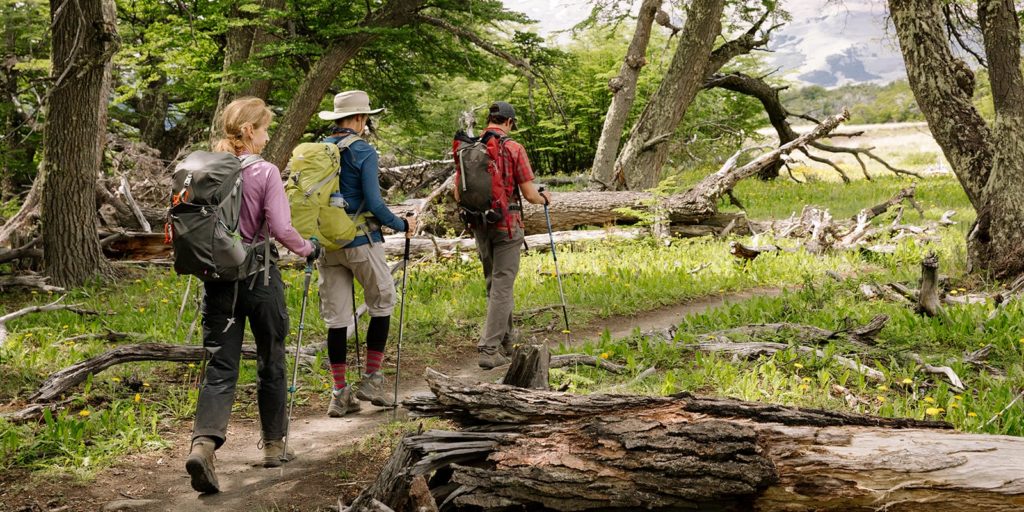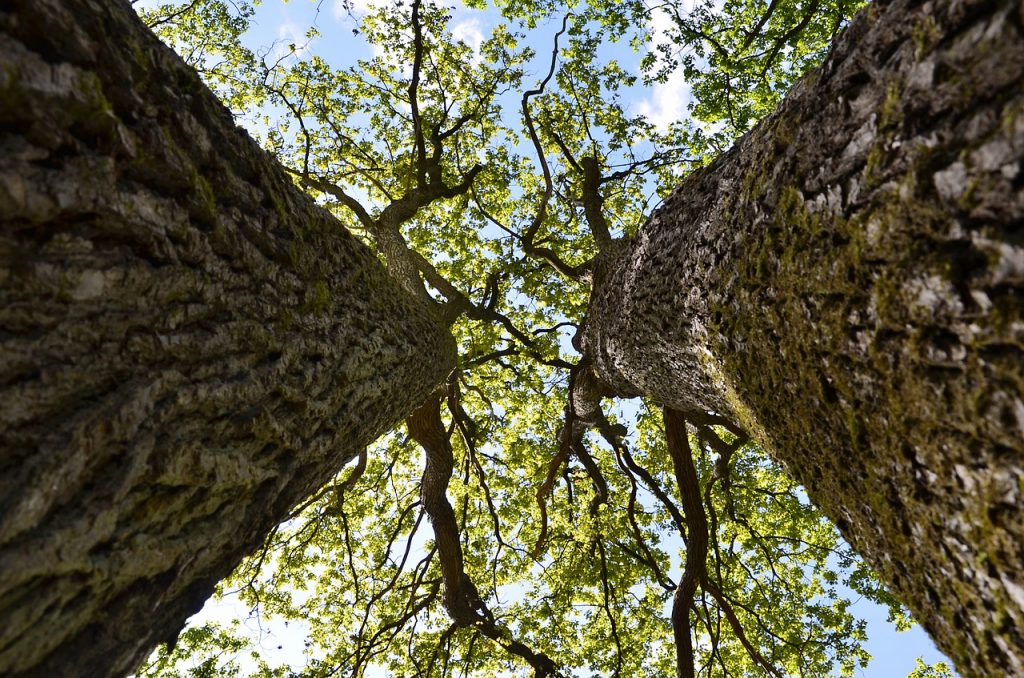Everyone who loves hiking has a different path that they like to take and with which they are comfortable. Sometimes these places are in a memorable hiking period or with people who are soon to leave you. In my opinion, a hiking trail should be special and filled with memories that you will cherish. Aside from comfort and good memories, choosing the right hiking trail is not as easy as we think. Remember to choose a hiking trail that is good for all those who come with you and a little difficult for those who are used to hiking. If you don’t have an idea for a hiking trail, I will help you choose a place to hike.

Difficulty of the hike
The level of difficulty of the hike is one of the most general classification systems for hiking trails that takes into account altitude, terrain and distance. A hiking trail with little or no elevation gain and a well-maintained surface is an easy trail. Moderate hikes are those that have a regular ascent with some roots, rocks and other obstacles along the way. An intense hike is long and steep and usually includes large rocks, roots, slides and debris.
Evaluation
Yosemite’s decimal system also classifies hikes and climbs. People generally do Class 1 and Class 2 hikes, which are easier to do and do not require additional equipment such as ropes and cables.
Here is a list of the main features of each class.
Class 1: an easy hiking trail with minimal elevation and almost no obstacles in the way.
Class 2: a more difficult hike that sometimes requires placing one’s hands on the ground or surrounding surface to maintain balance.
Class 3: a climbing with or without a rope
Class 4: Climbing with a rope
Class 5: Technical climbing
Distance
Be aware that if the hike is very long, then it is more complicated than usual. Experienced hikers can walk up to 2-3 miles per hour, but a beginner plans to cover 1-2 miles per hour.
Gaining altitude
When hiking on elevated trails, consider adding an extra hour to the climb for every 2000 feet. Keep in mind that trails at higher elevations will take you longer because of the rockier terrain and your body’s altitude. Slight dizziness may occur during these hikes, so be well prepared and plan for overtime. Always be aware of what you are feeling, and if you don’t feel well, don’t hesitate to turn around and start again.

Stiffness
Tilt is the same as slope and refers to the elevation you gain over a given distance. Beginner hikers should choose trails with a smaller slope because they are easier to climb. You can determine the slope of a trail by dividing the horizontal distance by the vertical distance at any point. A trail that climbs 1,000 feet by 5 miles is less steep than a trail that climbs 2,000 feet by 2 miles. Thus, the former has a better slope and is more suitable for beginners.
Current fitness level
Your level of fitness plays a key role in choosing the hike best suited to your abilities. If you hike beyond your abilities, many problems can occur along the way. You will be exhausted, injure yourself, and may not even be able to complete the hike. For the first hike, choose something that matches your current fitness level. You are more likely to enjoy your outdoor experience if you feel comfortable on the trail and not always out of breath.
Landscape
According to your preferences during your stay in nature, choose a route that will also meet your aesthetic tastes and not only your level of fitness. Also keep in mind that you will probably have to get off the trails if you want to do extra training.


